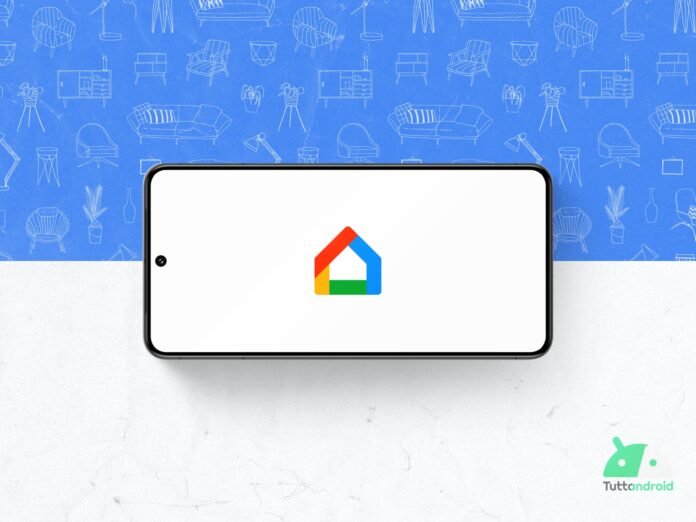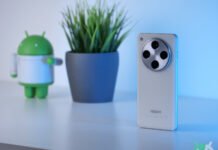The performance of the Nest Cam products within the Google Home app have been a controversial topic for years among the users of the platform due to a complex transition that has led to a loss of functionality and performance worse than the dedicated software.
Now, however, apparently Google seems willing to definitively fill the gap in the last few weeks several updates have arrived than They optimize streamingreduce error messages and introduce New gestures for more intuitive control.
Through an official post, the company has summarized all the news, explaining how these improvements sight to make the experience with the Nest Cam more fluid, reliable and close to what users had appreciated in the historical app. Here they are in detail with lots of screens and videos demonstrating their goodness.
Index:
- Fluid and reliable streaming for the Nest Cam
- Easier navigation with gestures, “Quick Seek” and static previews
- Google recognizes the limits the challenges of the platform
Follow Google Italia on Telegram, Receive news and offers first
Fluid and reliable streaming for the Nest Cam
One of the most critical points reported by users was linked to Live streaming performance. Not infrequently, in fact, the cameras were reported as offline (a problem that pairs with the numerous malfunctions in the management of lights inside the app) despite being perfectly connected, or showed the message “No video available” when accessing a recent recording.
With the latest updates, Google has introduced corrections under the hood that make the online state reporting/offline of the cameras more accurate, reduce the latency of the first frame and improve the overall stability of the video flow.
In the practical act you should see the live with greater speed and without interruptionseven reactivating the camera during a live vision session, a situation that instead often caused errors and blocks in the past.
These changes concern not only the most recent models, but also the previous generations of Nest Cam and Doorbell, which benefit from greater speed and reliability in the management of video flows.
Alongside the technical improvements, Google wanted to make navigation in the home app more immediate.
A system of dedicated gestures called “Camera Controller Gestures” has been introduced which allows you to move between live and recordings naturally:
- a swipe left or right allows you to pass From the timeline to the list of events;
- a movement upwards or down on the central bar quickly leads to full screen the video reproduction;
- a swipe from top to bottom, instead, Closes the camera display And he brings back to the main screen.
To these innovations is also added the so -called function of “Quick Seek”, Which allows you to Jump back or back 10 seconds in the video With a double tap on one of the sides of the screen.
Similar features had already been seen on platforms such as YouTube, but their introduction into the Nest Cam very simplifies the consultation of the recordings.
These options, which began to appear since March, had passed partially unnoticed or without official explanations. Now, Google claims its importance as part of a wider strategy of improving user experience so as to include them in the official announcement.
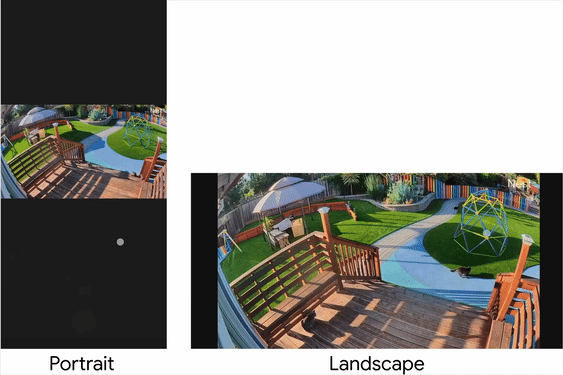
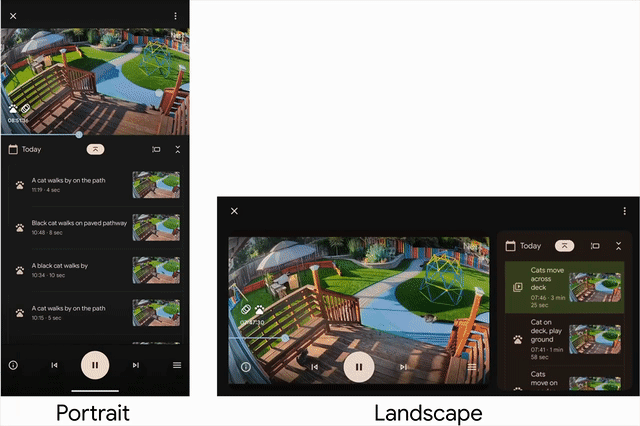
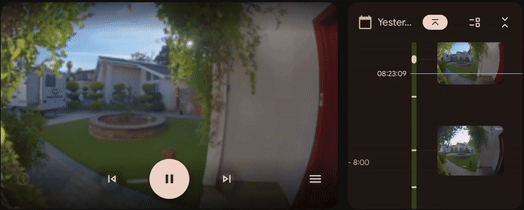
Another small, but useful, modification concerns the previews of the cameras in the Google Home app. As you can see, instead of an empty space pending the loading of the live, the tiles now show aStatic image of the last updatecomplete with hours in the upper corner.
The same principle has been applied to notifications on Android and iOS: when an Alert arrival, the user initially sees a static photo and only later, expanding the notification, animation or live video appears.
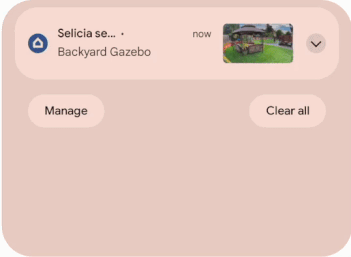
Google recognizes the limits the challenges of the platform
Despite the progress, in the post on the official blog Google herself does not hide that the road to do is still long.
In his press release, the company admits:
“We do not always manage to hit the goal but we reiterate our commitment to listening to our users and create functions for home cameras that are intuitive, reliable and high performance”.
This transparency suggests that further interventions are already scheduled, especially in view of the new generation of Nest Cam hardware, expected in the coming months.
For many historical users, the real goal of both fans and the company itself remains report in the home app all those advanced functions that had been appreciated in the original Nest software And which are still considered a point of reference for simplicity and completeness.
In short, with the latest changes introduced, Google shows that he wants to take users seriously and strengthen the experience of the Nest Cam within the home app in the creation of an increasingly mature and reliable platform, an arduous task but that the company has full confidence to achieve.

